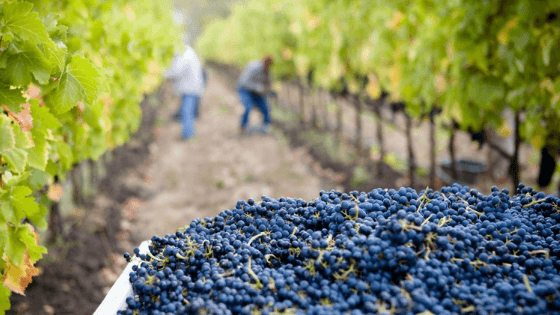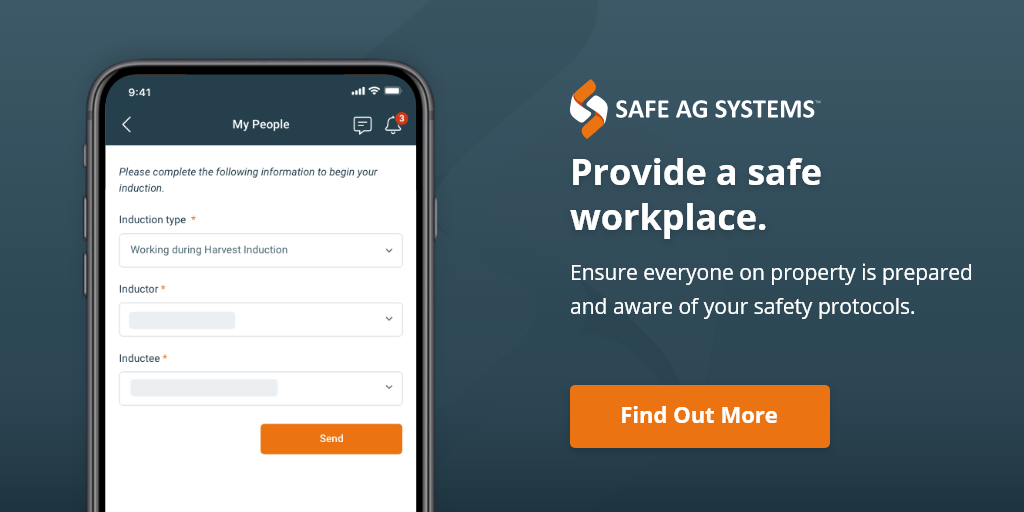Having two-way conversations about safety in your workplace is about as difficult as consultation gets.
Not only is there a legal duty for a PCBU (or employer) to consult with workers and others, but it also makes really good business sense. When workers are involved, they become invested.
We all have opinions and feel valued when we’re listened to. Your workers are no different. Have chats about safety and you’re well on your way to a much safer, more productive workplace.
Ok so let’s look at the legal side of things first.
Talk with your workers about WHS matters.
Listen to their concerns, and raise any concerns you have.
Share information and consider what your workers have to say before making decisions.
And of course, let your workers know the outcome of the consultation.
You don’t have to consult about absolutely everything, but there are some things you must involve and consult with your workers. These include identifying hazards and assessing risks and making decisions about ways to eliminate or control those risks.
It will often be workers who will let you know of a hazard they spot, so that’s an easy part of the process. Ensure they have a way of letting you know – whether it’s a form, an app or just a chat. You might also get them doing workplace inspections which will also help identify any hazards.
Workers also need to have a say on the adequacy of facilities for the welfare of workers. This means things like are there enough working toilets, making sure drinking water is available, etc. In an agricultural setting, that may mean things like kitchens and break rooms, accommodation (if provided) is suitable, and similar things.
Consultation also needs to happen when you’re considering changes that may have affect the health or safety of your workers, and decisions about health and safety procedures.
For example, if you’re thinking about buying a new or different bit of machinery or equipment, involve workers and get their input before you decide what you get. If you are creating a procedure for a task or process, it makes sense to get the people doing the job to tell you how it really works.
Those doing the job will probably know all the shortcuts and it’s good for you to know these, so you can find ways to avoid any that are dangerous.
This sounds well and good – but how exactly do you consult? Easy! Consultation can be very informal and as simple as talking to workers regularly. If you have toolbox meetings or any other times where you get people together, use this as a time to chat about safety. Take a couple of diary notes and you’re well on your way to good consultation practices.
Examples of Worker Consultation:
- Noticeboards
- Emails, newsletters, or an internal intranet
- Near miss and incident reports
- Toolbox talks and pre-start meetings
.jpg?width=1920&name=Contractor%20Briefing%20(2).jpg)
Formal Worker Consultation
Another option is to put more formal consultation arrangements in place, where you and your workers agree to consultation procedures. This can save time and confusion about how and when consultation must occur.
Workers may decide they want to elect a Health and Safety Representative (known as a HSR) for the workgroup. If they want to do this, you are obliged to facilitate this plus send the HSR for training. If your workplace has a HSR, you need to involve them in all consultation. You can consult directly with the HSR and they then take that to the workgroup, saving you time.
Another formal consultation option which can be used on its own or in conjunction with ideas above, is to create a Health and Safety Committee where workers and management meet to discuss safety. Committees must meet at least quarterly, and minutes of the meeting should be kept including discussion and agreed outcomes. If you have a large workforce and/or a workforce across several different properties, this can be a good way to manage health and safety consultation and get a consistent approach.
Looking beyond your immediate workforce, you also must consult with other duty holders where you share WHS responsibility. You need a shared understanding of the risks, which workers are affected, and how risks are to be controlled. It’s about working together to plan and manage health and safety.
A great example of this is contractors. If you engage a contractor with a team of people to come in for a specific task (such as shearing, harvest, etc.) you must consult with the contractor about things which affect their health and safety. This might be things such as access to amenities which are in good working order, ensuring their workers are fit for work, how the job will be done etc. While they may not be your employees, you still have a duty of care to ensure their health and safety while on your property. The contractor shares that responsibility to their staff, and yours too.
Australia has a Code of Practice around Consultation, Communication and Cooperation. Check with your state regulator for their Code, or have a look at the Model Code of Practice issued by SafeWork Australia. This is written in easy-to-understand language and will provides you with information to help.

So that’s the legal stuff.
If that’s not enough to help you understand why to consult, let’s look at this from a business perspective. When workers are involved, they become invested. This generally means they are more productive as they feel a sense of ownership in the decisions made, and therefore they are more likely to work safely. When you all work together to improve safety, you change the culture and safety no longer is seen as a hassle. This in turn reduces the chance of incidents occurring. Less incidents mean less lost time, and less cost to repair machinery, equipment, or structures. Less lost time means lower workers’ compensation premiums, less cost to get an injured worker back on the job, and less cost when you don’t need to replace someone.
Finally, let’s look at the human side of things. It would be safe to say no one wants a serious injury or death on their hands. The impact of that on you and your workforce can be devastating. Imagine having to tell the family that their loved one was seriously injured, or worse. Making that call would be one of the hardest things to do.
Your workers are so much more than another set of hands. They have so much to contribute to your operations to improve safety and productivity. If you haven’t already, start the conversation. Share. Listen. Consider. I think you’ll be pleased you did.
Topics: Safety Management System
Disclaimer: Content on this website may be of relevance to users outside of Australia, but content links and examples are specific to Australia. Please check with your local authority for your country and industry requirements.











